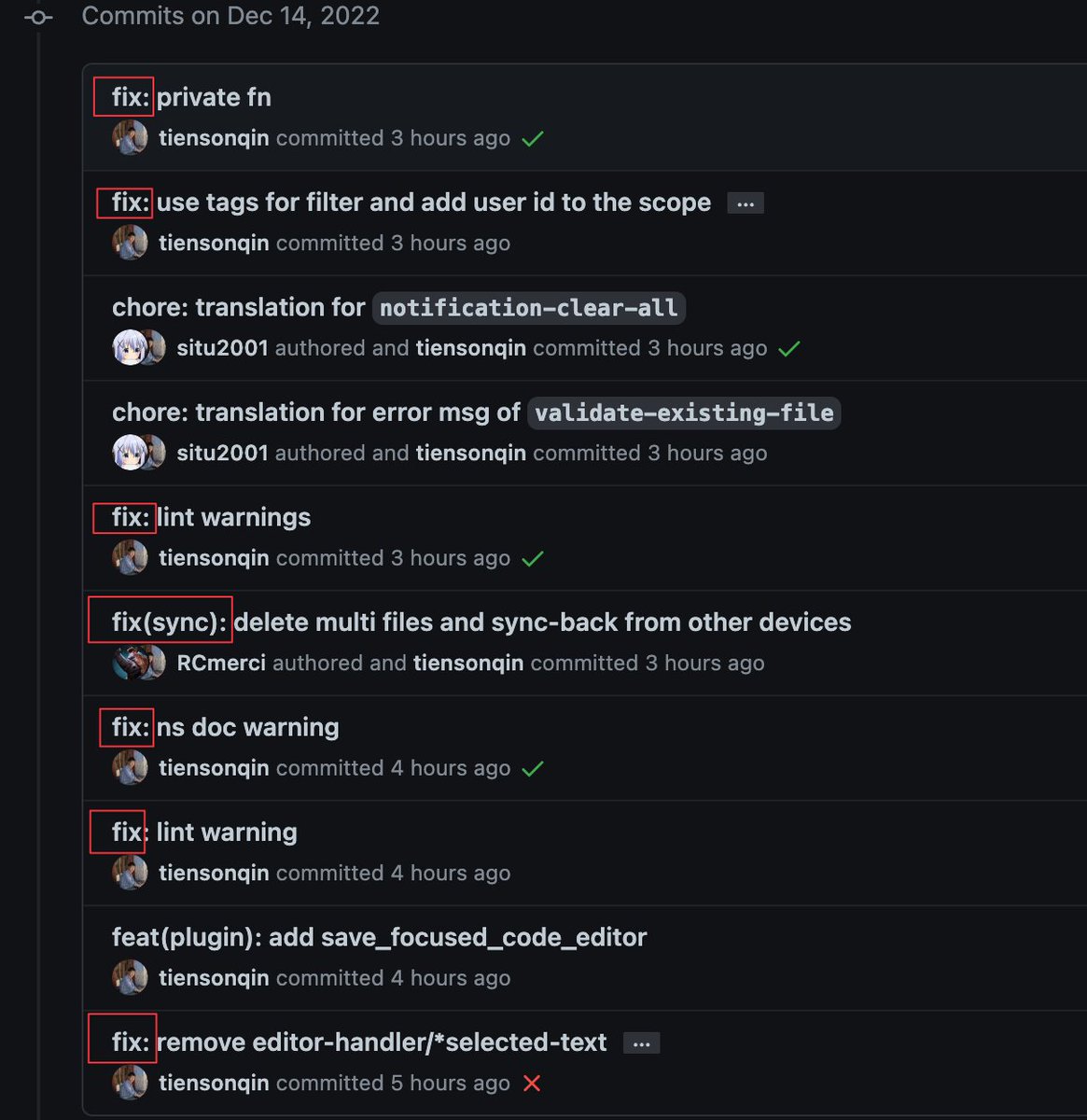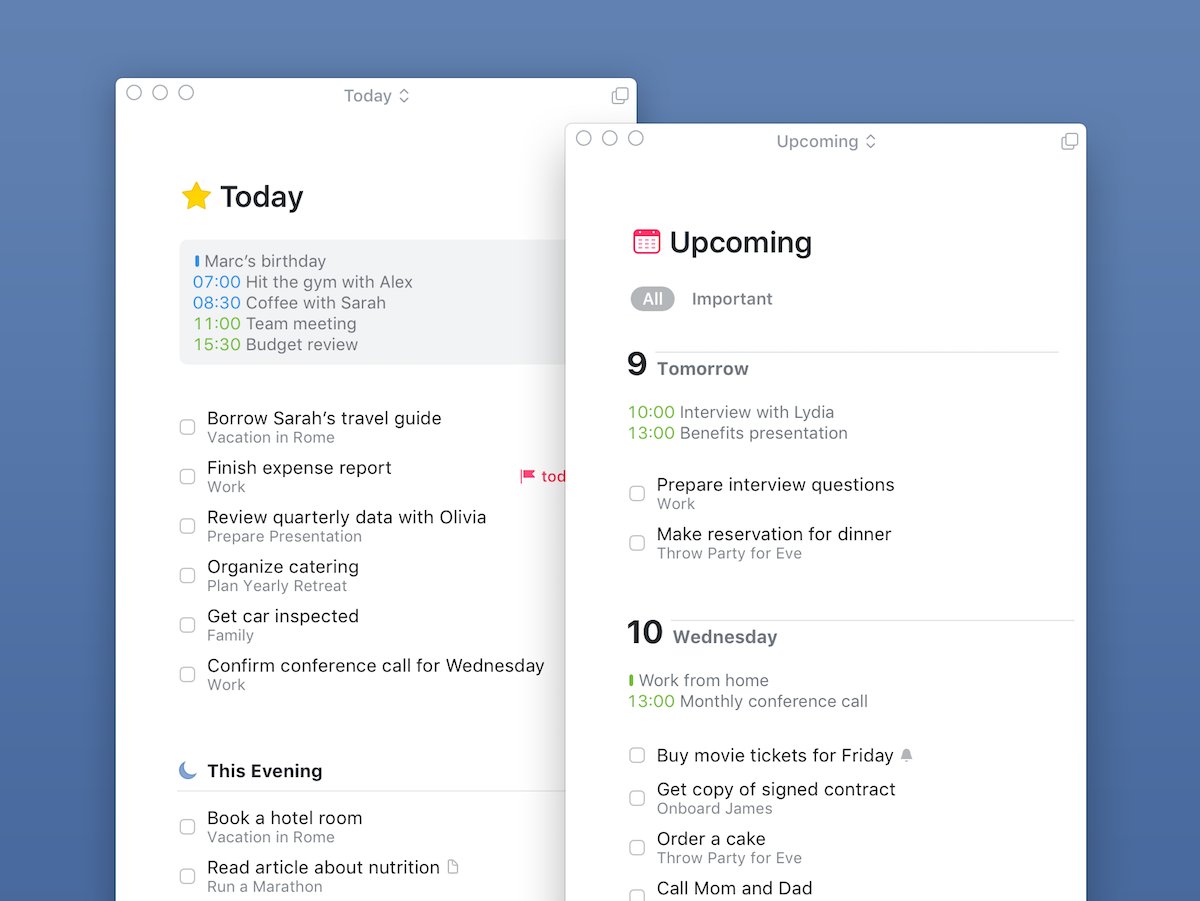
1/8 Development of @logseq
When choosing a Tool for Thought, it's important to consider if the tool is being actively developed.
This is one of the questions I have about Logseq. This small video shows their "developer commits." #TfT
What do we learn from this?
When choosing a Tool for Thought, it's important to consider if the tool is being actively developed.
This is one of the questions I have about Logseq. This small video shows their "developer commits." #TfT
What do we learn from this?
2/8 This is a super nerdy thing, but even if you are unfamiliar with it, there is something essential to learn.
Logseq is a TfT developed as open-source. This means all the source code for the project is available to the public.
What are the benefits of open-source?
Logseq is a TfT developed as open-source. This means all the source code for the project is available to the public.
What are the benefits of open-source?
3/8 As an open-source project, it allows other developers to:
+ Audit the code for security and safety
+ Contribute new features and fixes
But there is another advantage, what is that?
+ Audit the code for security and safety
+ Contribute new features and fixes
But there is another advantage, what is that?
4/8 Since Logseq is developed in the open, we can review the history logs of their code repository on GitHub. We see how often (or infrequently) they update their code.
It also allows us to see what they are working on.
So what do we learn about Logseq from their history logs?
It also allows us to see what they are working on.
So what do we learn about Logseq from their history logs?
5/8 There are three things I note that I consider favorable:
#1: The team is very active in the development; there is rarely a few days there isn't some meaningful activity on their code base.
#1: The team is very active in the development; there is rarely a few days there isn't some meaningful activity on their code base.
6/8 #2: They are constantly fixing the code.
Fact: all software is filled with bugs. It's unavoidable.
Sad reality: Often, companies focus on new features and never finish polishing old features or resolving problems.
It seems that bug fixes are a priority for Logseq.
Fact: all software is filled with bugs. It's unavoidable.
Sad reality: Often, companies focus on new features and never finish polishing old features or resolving problems.
It seems that bug fixes are a priority for Logseq.

7/8 #3: Logseq is actively working on new features.
Two features under development are their TNO sync service and whiteboards (drawing tool for visualizing notes).
I am using both of these new features, and well... they are fantastic even in their beta phase.
Two features under development are their TNO sync service and whiteboards (drawing tool for visualizing notes).
I am using both of these new features, and well... they are fantastic even in their beta phase.

8/8 Summary
The developers actively work on @Logseq, fix bugs, develop new features, & have a published plan of where they are heading.
My confidence in this tool is increased.
I will use Logseq as my daily driver until the end of January & document the process along the way.
The developers actively work on @Logseq, fix bugs, develop new features, & have a published plan of where they are heading.
My confidence in this tool is increased.
I will use Logseq as my daily driver until the end of January & document the process along the way.
• • •
Missing some Tweet in this thread? You can try to
force a refresh










